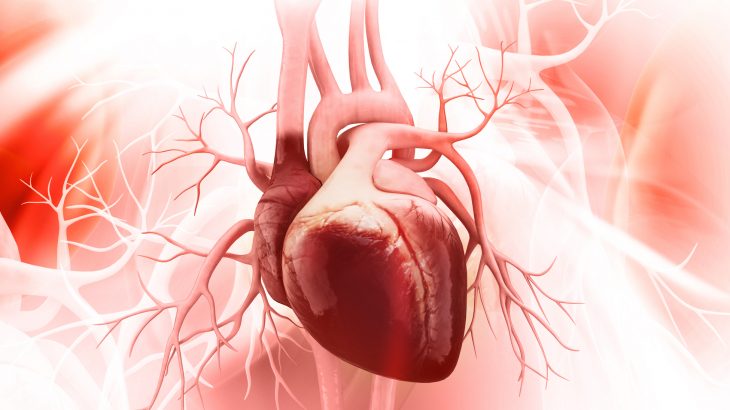Researchers have discovered new genes that contribute to hypoplastic left heart syndrome (HLHS), a rare, life-threatening cardiac condition that occurs in neonates, by identifying genes in patients and studying their effects in fruit flies. The findings, which were published in the journal eLife, move scientists closer to understanding the biology of this complicated illness.
“Every case of HLHS is unique because there are many different things that can go wrong during the early development of the heart,” said senior author Rolf Bodmer, PhD, director of the Center for Genetic Disorders and Aging Research at Sanford Burnham Prebys. “If we’re able to uncover what drives this disease biologically, it may be possible to one day prevent the disease or reduce complications for people living with it.” The left side of the heart (left ventricle) is undeveloped in newborns with HLHS and is unable to pump oxygenated blood to the rest of the body. According to the Centres for Disease Control and Prevention, around 1,025 newborns in the United States are born with HLHS each year. Though uncommon, HLHS is exceedingly dangerous—without several open-heart procedures, it is virtually invariably deadly.
Genetics is assumed to be a primary cause of HLHS, although the precise genes implicated are unknown. The researchers analysed the genomes of 183 patients with HLHS and their parents, including one family where the parents were genetically linked to each other, to seek genes that contribute to HLHS. The researchers reduced their search to a few important genes by focusing on this family. “We inherit two different variants of each gene, one from each parent,” said Georg Vogler, Ph.D., a research assistant professor at Sanford Burnham Prebys and co-senior author of the study. “If both parents pass down a gene variant that can cause problems, then the effect of that gene variant is accentuated in the child. Because of this effect, this family gave us a unique opportunity to look for new genes that drive HLHS that may not be as apparent in other families.”
To test whether the genes they identified could be contributing to HLHS, the researchers performed genetic experiments on fruit fly hearts that are built with genes similar to those found in human hearts. They found that blocking the activity of these genes in flies interfered with their heart’s ability to contract, leading to significant heart defects. “While more research will be needed to explore precisely how these genes result in heart defects, one hypothesis is that because certain gene variants make it harder for the heart to contract, blood can’t flow as easily to the left side of the heart, thus compromising its proper formation,” said Bodmer. “This could lead to the types of abnormalities seen in HLHS.”
While the researchers identified genes that can contribute to HLHS, they caution that it is unlikely we will find a single gene implicated in the disease in all cases. “HLHS is driven by many genetic and environmental factors, but the more we can shed light on these factors, the better chance we have of finding new ways to prevent and treat the disease,” said Bodmer. “For example, it may be possible that increasing the activity of one of these genes could be enough to strengthen the heart and reduce the risk of heart complications in survivors.”


















